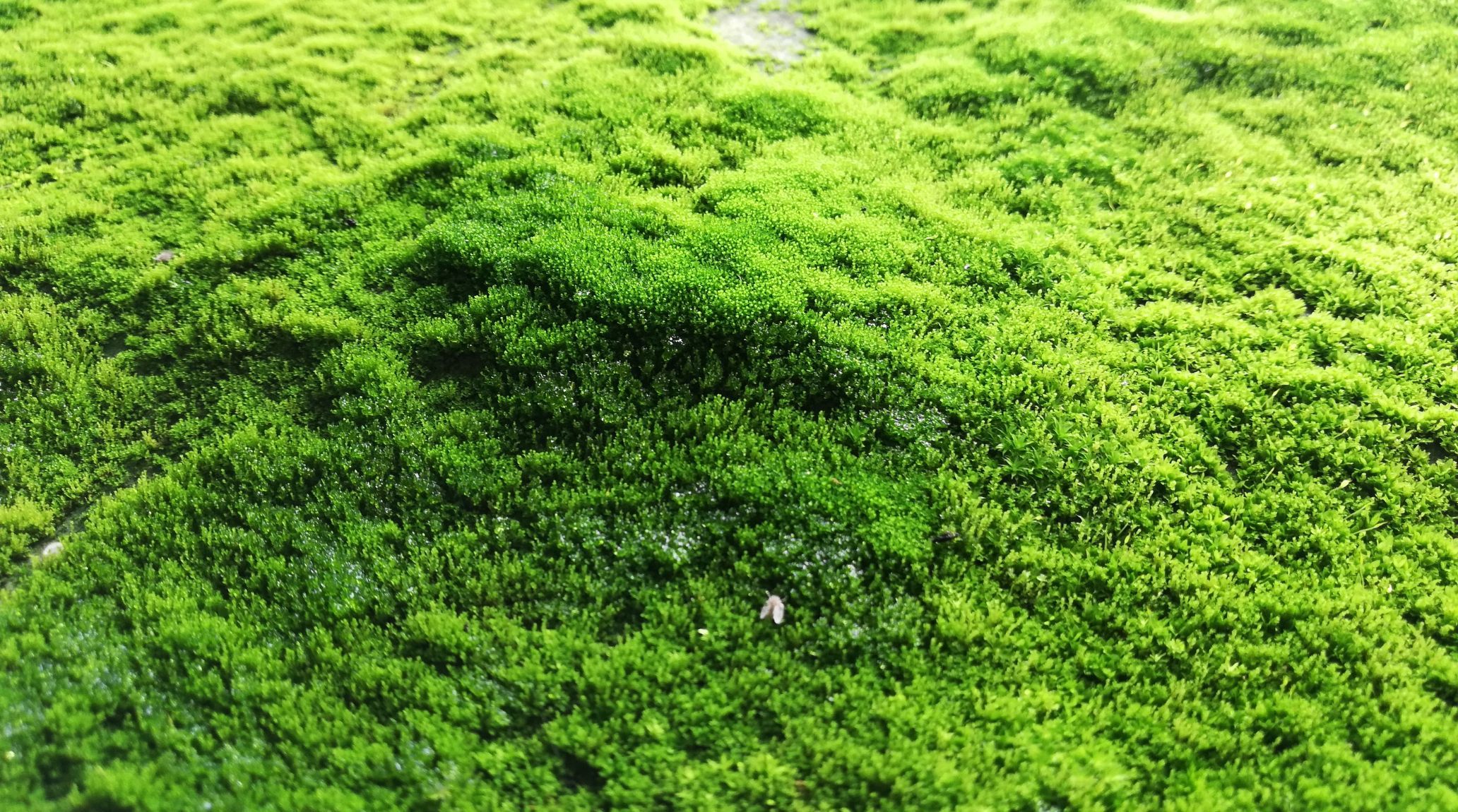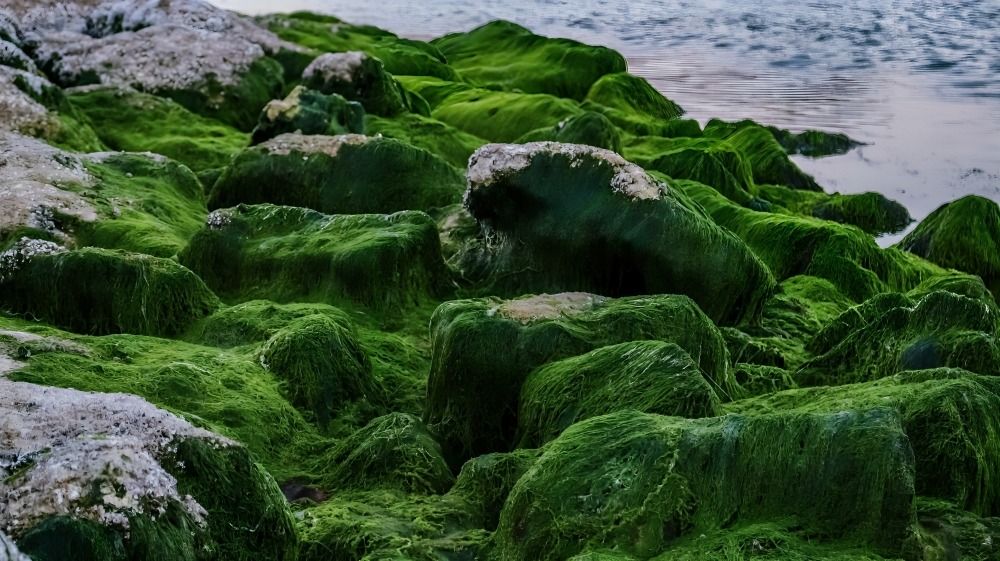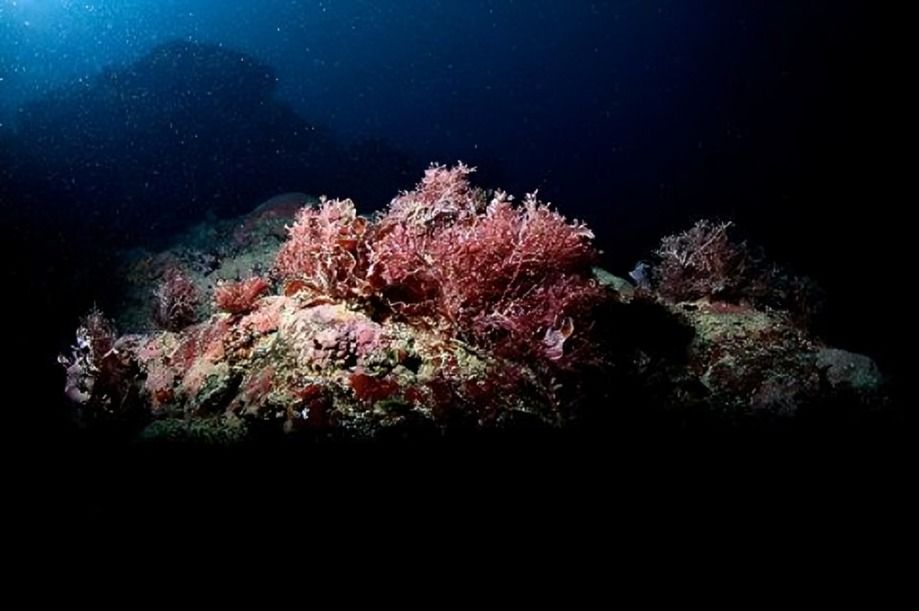
“
Protests have been a cornerstone of social and political movements throughout history, representing a powerful means for people to voice their grievances and demand change. Understanding the important facts about protests helps to appreciate their significance and impact. In this article, we delve into key aspects of protests, exploring their origins, mechanisms, and effects on both local and global scales.1
1
”
Protista is the second kingdom of unicellular eukaryotic organisms known as protists. Unlike plants, animals, fungi, or bacteria, protists are considered more advanced than bacteria but less complex than plants, animals, and fungi. 1
Amoeba, a protist from this kingdom, exhibits remarkable regenerative abilities. If an amoeba is cut in half, each half can regenerate and grow into a complete adult amoeba. 2
Some protists, like Euglena, are autotrophic and produce their food through photosynthesis, much like higher plants. These protists absorb solar energy and convert it into nutrients. 3

Algae play a significant role in pollution control by absorbing excess nutrients, such as nitrogen and phosphorus, from water bodies, which helps reduce nutrient pollution and prevent harmful algal blooms.
This kingdom includes organisms with a higher level of organization than Kingdom Monera, which consists solely of bacteria. Protists are more complex than bacteria but less advanced than plants, animals, and fungi. 4
Protists use various locomotory organelles to move, including cilia, which beat to propel the organism; flagella, which rotate or undulate for movement; and pseudopodia, which are temporary extensions used for crawling and capturing food. 5
Algae play a significant role in pollution control by absorbing excess nutrients, such as nitrogen and phosphorus, from water bodies, which helps reduce nutrient pollution and prevent harmful algal blooms. 6
Protists are typically found in aquatic environments, soil, or moist areas. They thrive in locations with ample moisture, which supports their survival and growth. These habitats provide the necessary conditions for their diverse life processes. 7
Most protists are unicellular, but a few, like kelp, are multicellular. Some kelp species, such as giant kelp, can grow over 100 feet tall. These large protists play significant roles in marine ecosystems. 8

Mark and Diane Littler discovered The deepest plant life at 269 meters (882 feet) off San Salvador Island, Bahamas, in October 1984. These maroon-colored algae survived despite 99.9995 percent of sunlight being filtered out at that depth.
Symbiosis, such as kelp (seaweed), is observed in this kingdom, which protects otters from predators with its dense structure. In return, otters help control sea urchin populations that graze on kelp. 9
Parasitism is also common among protists. For example, Trypanosoma protozoa can cause sleeping sickness in humans. This parasitic relationship has significant health impacts.10
Protists primarily reproduce asexually, often through processes like binary fission or budding. Sexual reproduction is rare and typically occurs only under stress, such as environmental changes or adverse conditions. 11
Slime molds are saprophytic organisms that feed on dead and decaying matter and are characterized by their many nuclei. They often form aggregates called plasmodium, which can be visible to the naked eye. 12
Some protists can be used to create biofuels. These protists contribute to oxygen production and offer a sustainable alternative energy source, as they can be cultivated in large quantities for biofuel production. 13
Phytoplankton is a primary food source for many marine species, including whales. These microscopic organisms form the base of the oceanic food web and are crucial for the health of marine ecosystems.14
Sea lettuce, scientifically known as Ulva lactuca, is a green algae that can be easily harvested when exposed at low tide. This algae is commonly consumed in coastal communities and used in salads and soups.15
The largest alga is the giant kelp, Macrocystis pyrifera, a brown alga from Phaeophyceae. The longest verified specimen reached 60 meters, with some unverified reports suggesting even greater lengths. 16
Algae power refers to using algae as an energy source, primarily through biofuels. Algae can produce a variety of energy-rich compounds, such as lipids (fats), carbohydrates, and proteins, which can be converted into fuels. 17
Besides fuel, algae have applications in pharmaceuticals, nutraceuticals, and food supplements due to their high nutritional value. They also play a role in wastewater treatment and can be used to produce biodegradable plastics. 18


